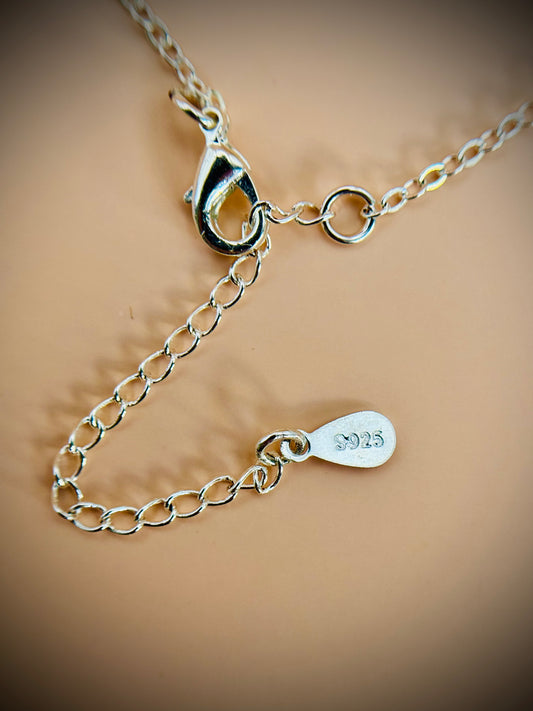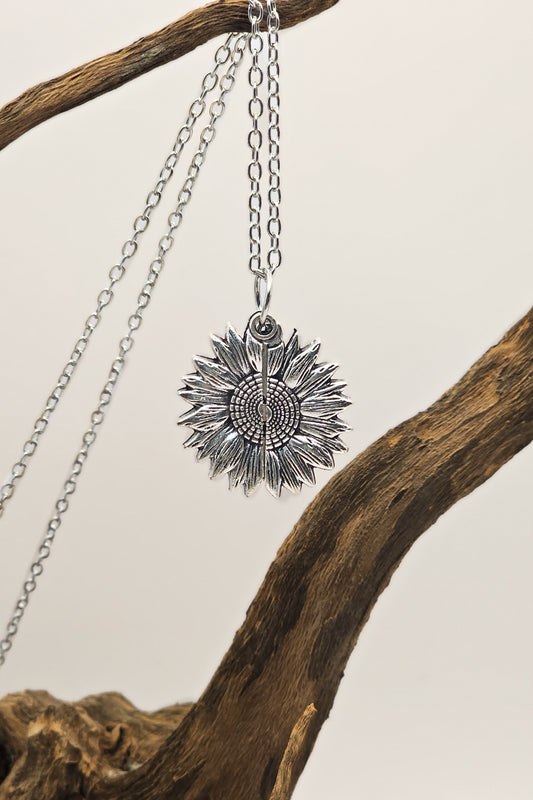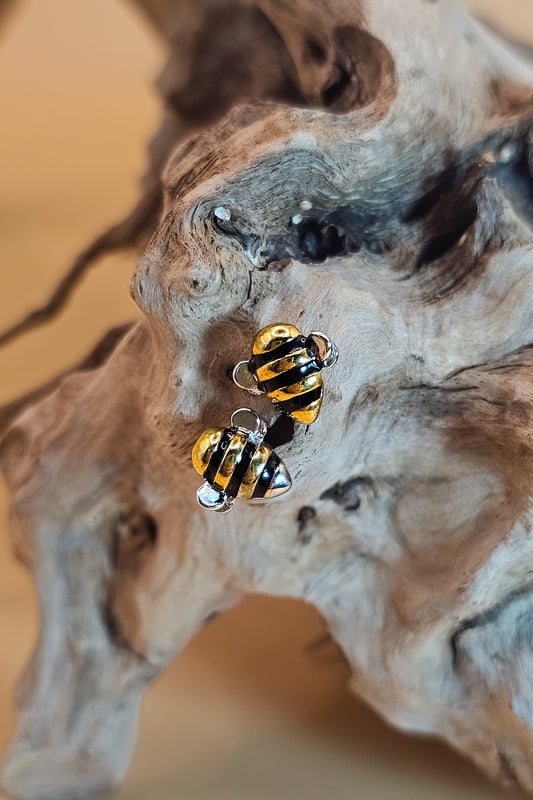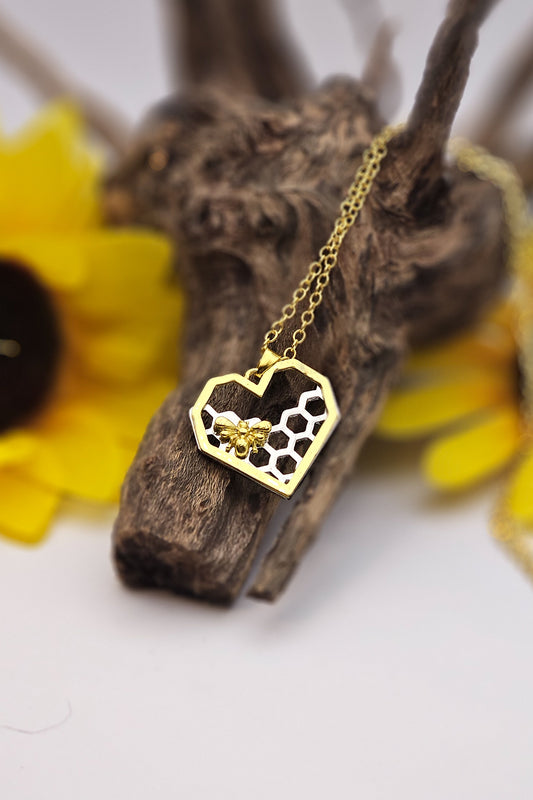Sunflowers are a pretty face, and a lot more. Their ultraviolet colors not only attract pollinators, but also help plants regulate water loss, according to new UBC research.
The dense collection of yellow sunflower petals (technically an 'inflorescence', or collection of many flowers) is a familiar sight. But there is more to the picture than meets the eye. Something is hiding from the human eye: an ultraviolet (UV) bullseye pattern, invisible to humans but not to insects like bees.
It has long been known that these bullseye patterns improve flower attractiveness to pollinators by increasing their visibility. UBC researchers have now found the same molecules that produce UV patterns in sunflowers are involved in helping the plant respond to stresses like drought or extreme temperatures. A new paper in eLife provides clues to how plants can adapt to different climates.
This unrelated 2:57-minute video by Be Smart shows how bees can see the invisible:
According to lead author Dr. Marco Todesco, a research associate at UBC's biodiversity research center and department of botany, the team unexpectedly noticed that sunflowers growing in drier climates had flowers with larger UV bullseyes, and that those flowers retain water more efficiently. This suggests that larger UV bullseyes help plants adapt to drier environments.
Dr. Todesco and his colleagues grew almost 2,000 wild sunflowers of two species at the university in 2016 and 2019. They measured the sunflowers' UV patterns, and analyzed the plants' genomes, and found that wild sunflowers from different parts of North America had UV bullseyes of very different sizes: in some, the bullseye was a thin ring, while in others it covered the whole flower. Larger bullseyes were visited more frequently by bees, supporting previous research of other plant species.
A single gene, HaMYB111, was found by researchers to be responsible for most of the diversity in floral UV patterns. This gene controls the production of UV-absorbing flavonol compounds, which are known to help plants survive under different environmental stresses like extreme temperatures or drought. Larger floral UV patterns that have more of these compounds can help reduce the evaporation from a sunflower in environments with lower humidity, preventing excessive water loss. According to the authors, in humid, hot environments, smaller UV patterns promote evaporation, keeping the plant cool.
"Floral UV patterns seem to play at least a dual role in adaptation; as well as their well-known effect on enhancing pollination. They also regulate water loss from flowers," says senior author Dr. Loren Rieseberg, a professor in the department of botany and the biodiversity research center. "That's not what you expect a flower color to do. Two problems are solved with a single trait, and this exemplifies the complexity and efficiency of adaptation."
Sunflowers are cultivated for various purposes, including sunflower oil production, a roughly US$20 billion-dollar industry in 2020. This research can help add to knowledge about how to attract pollinators, potentially increasing crop yields, says Dr. Todesco. "This work also helps understand how sunflowers, and maybe other plants, adapt to different temperatures and areas, important in a warming climate."
The researchers want to study how HaMYB111 regulates UV bullseye size and examine in more detail how those patterns affect plant physiology and investigate how flavonol compounds affect water loss.
Edited in style and content from the original.








